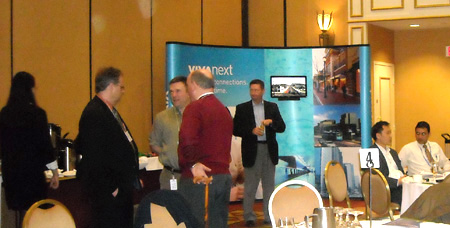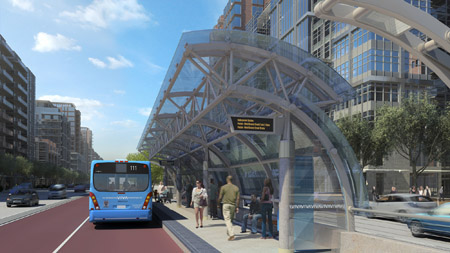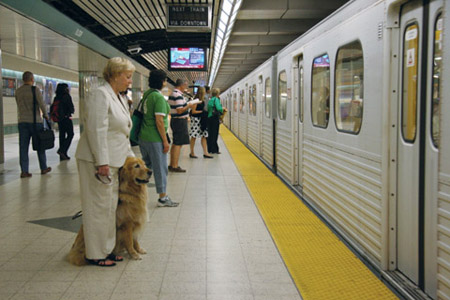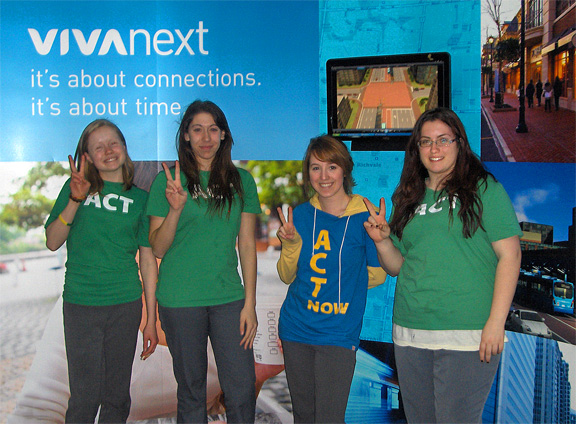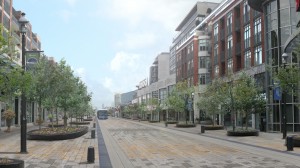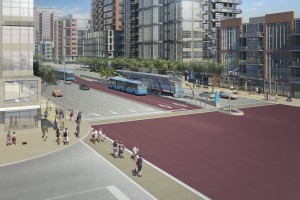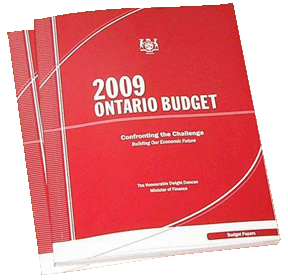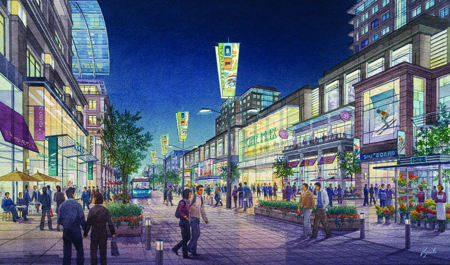
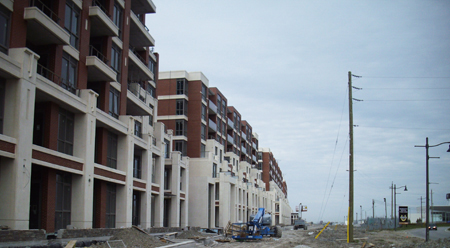
Are you tired of sitting in congested traffic trying to get to work or to visit with friends and family?
I don’t like to think that we are simply designing and building a rapid transit system. We are helping to create live-work-play communities. That’s the basic term for living in a place where everything is nearby. The goal is to create more time in your life and reduce reliance on a vehicle to get around.
Other names for this concept are a mixed-use development or new urbanism. The idea is the same: it is about making communities that let you live within walking distance of work, shopping, restaurants, cinemas, parks and other activities. And when you do have to travel, there are transit options nearby such as subways, rapidways and GO trains.
Unlike many parts of Europe where it’s the norm, it will no doubt require a mind-shift from many Ontarians. But I can tell you that it’s already starting with the youth. They get it from a logical, environmental and social standpoint. I get the sense that they place greater importance on quality of life and that excludes sitting in a vehicle for hours every day.
This shift has also started in our local communities – Markham, Mississauga and Richmond Hill for example.
What examples have you seen? What are your kids saying about it?

